| Private Museum Insights | 23 March 2022 |
|---|
| The Sotiris Felios Collection: A Gateway to Greek Figurative Art |
|---|
|
|---|
| The Sotiris Felios Collection: A Gateway to Greek Figurative Art |
|---|
| / |
|---|
| / |
|---|
A private collecting started in the 1980s by art collector Sotiris Felios, The Sotiris Felios Collection is focused on contemporary Greek figurative art, especially on painting centred on the human figure, and includes more than a thousand works by Greek artists living and working in Greece. |
|---|
| / |
|---|
| Read Full Feature |
|---|
Sotiris Felios established “The other Arcadia” Foundation so as to make the Collection accessible to the wider public.
The Sotiris Felios Collection: A Gateway to Greek Figurative Art
A private collecting started in the 1980s by art collector Sotiris Felios, The Sotiris Felios Collection is focused on contemporary Greek figurative art, especially on painting centred on the human figure, and includes more than a thousand works by Greek artists living and working in Greece.
Sotiris Felios established “The other Arcadia” Foundation so as to make the Collection accessible to the wider public. The Foundation organises exhibitions of the Collection’s works both within and outside of Greece, produces the respective catalogues, and liaises with other institutions to lend out the Collection’s works for various exhibitions. Besides, the collector has created the 16 Fokionos Negri art space, as a venue to host art exhibitions, organise cultural events and develop collaboration networks, partnerships and exchanges with other cultural organisations.
LARRY’S LIST had a poetice conversation with Sotiris Felios about his art collection; why he chose this location at 16 Fokionos Negri to set up the art space in Athens; the current solo show of figurative paintings by Stefanos Daskalakis; the launch of a 5-year Residency Programme in collaboration with The Courtauld Institute of Art, London; as well as the foundation’s partnership with Google Arts & Culture bringing 316 artworks and five online exhibits from The Sotiris Felios Collection to the global audience.
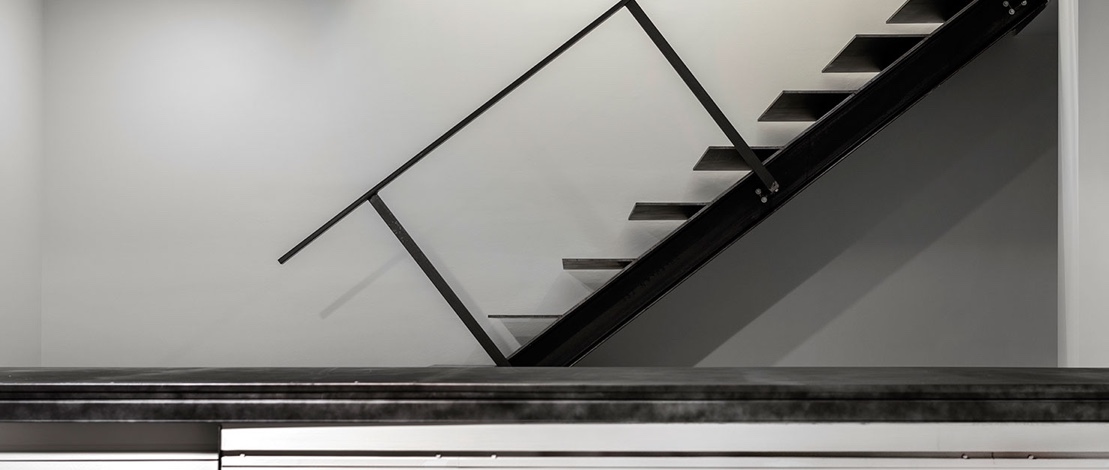
Background
What is your motivation behind establishing “The other Arcadia” Foundation?
An art lover’s passion for collecting is not fired by external motives. I collect pieces of art because I fall in love with them and because I want to enjoy them all the time.
Why is it important for you to share your collection with a wider public?
Painting touches our emotions and creates admiration, and these things can lead us, for a while, to magic and passion. When you give yourself over to the momentum and the lucidity of the works of this collection, a tight bond is forged between each viewer and each artwork, individually.
Why did you choose this location at 16 Fokionos Negri to open a permanent publicly accessible space?
Fokionos Negri is a “magical” street in Athens. The magic of this street was created in the 1960s, and it has been associated with imbuing Athens with a cosmopolitan “aura”, this street that bears the qualities of a boulevard.
What is/are the mission(s) of the foundation and the art space?
In paintings that you find in the “vast ocean” of “figurative” painting, I see human needs, desires, feelings and emotions, passions, evil. Painting interprets these expressions and thus transforms them. This sort of painting gives shape to life without obscuring its chaos. It’s in there, somewhere, that my desires also lie.
There is a character of shared feelings. Their painting dares to say that it has not been beaten (as many of the “teachers” at the Athens School of Fine Art believe – if I am not mistaken). These painters demonstrate with their works that they are not “frightened” by the work of their contemporaries, created elsewhere and promoted as innovations.
The missions of “The other Arcadia” Foundation are the following:
1. The promotion of the art of painting through the paintings of the Collection known as “The Sotiris Felios Collection” in Greece and abroad.
2. The study and research of Greek figurative art.
3. The collaboration of the Foundation with other non-profit entities/organizations/foundations in Greece and abroad, for the promotion of the art of painting.
What are the ways to achieve this/these mission(s)?
“Breadth” and “depth” – in an initial approach – can be sought between the two extremes of a line that begins at rudimentary imitation and ends in a “perfect” illusion. When we care about artistic value, we must – I think – overturn the thought that this value can be “measured” on the Procrustean bed of photographic rendering. What I “see” in a work of art in my collection, is a variety of associations and thoughts that are pushed up to the surface in response to the artwork.
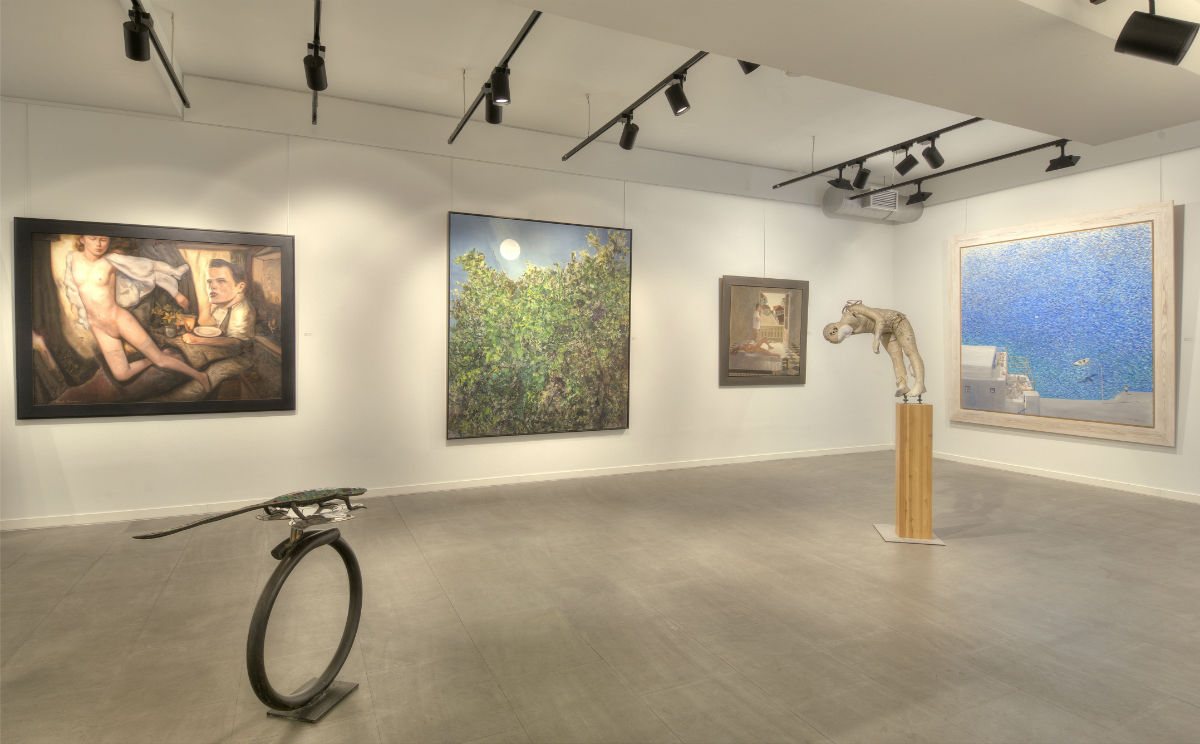
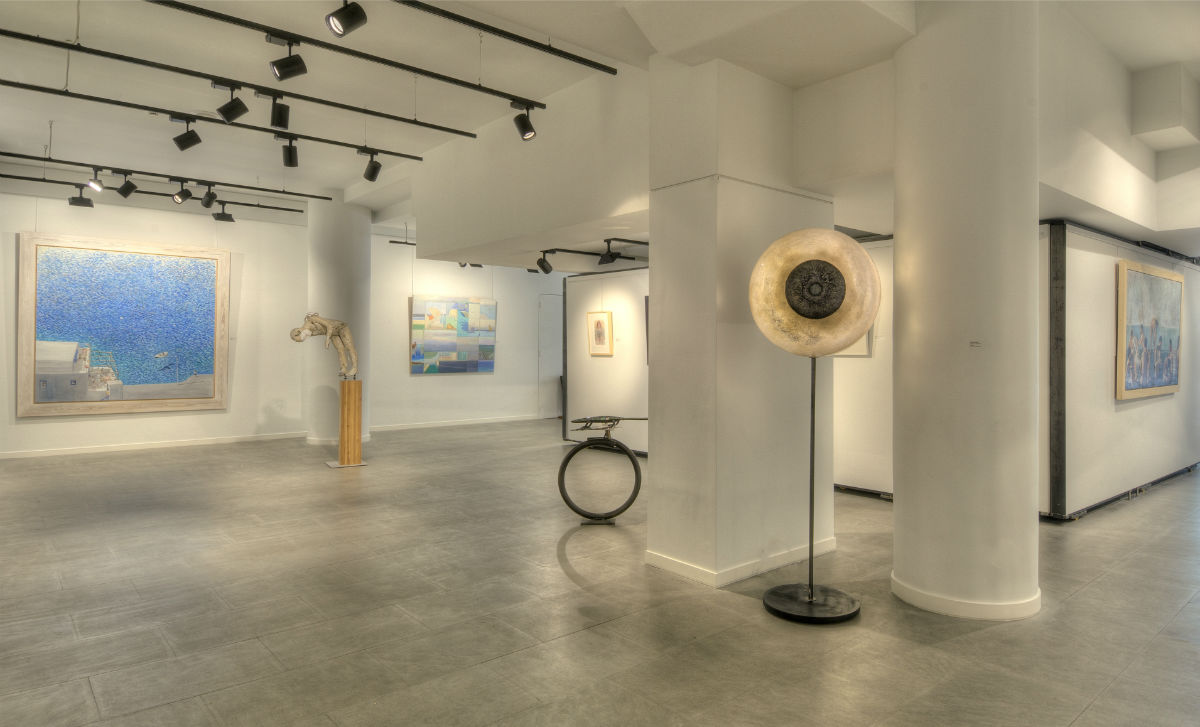
The collection
Why do you focus your collection on contemporary Greek figurative art?
I would say that this collection proves the great breadth and depth that is borne by figurative painting, and that it isn’t limited to the immediately visible and in the first reading.
How many artworks do you own and how many of them are displayed in the art space each time?
More than 1,200 artworks. Out of them around 60 – 70 are displayed each time.
How do you decide what from your collection to show in the art space?
This is usually decided by the artist invited to exhibit.
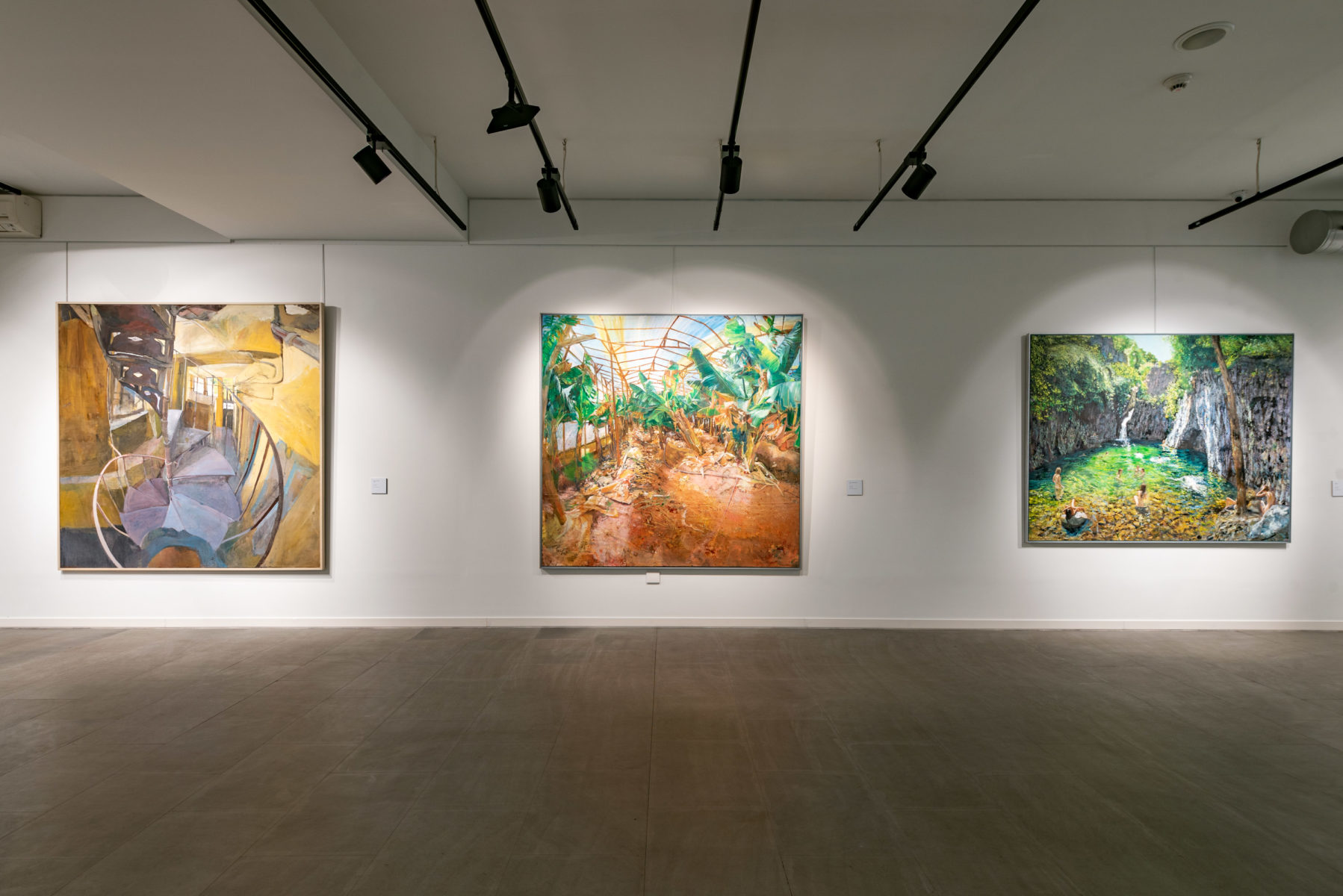
Are there works that you prefer keeping private? Why?
No, everything is accessible to the public through the Collection’s website (felioscollection.gr), while almost all the artworks have been shown publicly, either in our own exhibitions or “given as loan” to other exhibitions.
The programming
How much do you involve in the programming as well as the curating of exhibitions in the museum?
I am involved in the programming, but I abstain from the curating.
You just launched a solo show “The Sotiris Felios Collection – Stefanos Daskalakis: Painting 2013 – 2021”. What are the highlights at this exhibition?
Stefanos Daskalakis knows how to create worlds because he is talented (the prolific production of his talent is manifest), but also because he is adept at handling symbols.
Seeing his skill embossed on all the expressive media served by figurative painting is a moving experience for his viewer.
His paintings are saturated with an essence of philosophy on the experience and from the experience of everyday life.
The narrative power of his images “reintroduces” us to the European art tradition (I say this with the reticence of the non-expert), but also to the tradition that Yiannis Tsarouchis so evocatively taught us (as I understand it).
When it comes to Stefanos Daskalakis’ painting, I often wonder if what I perceive with my eyes looking at the paintings also exists in exactly the same way beyond my perception (where I know there is “chaos”), or whether Stefanos Daskalakis provides me with a “safety zone” to explore the chaos, and to savour it, like the “round of death” at the fairs I used to go to as a child in Tripoli on August 15?
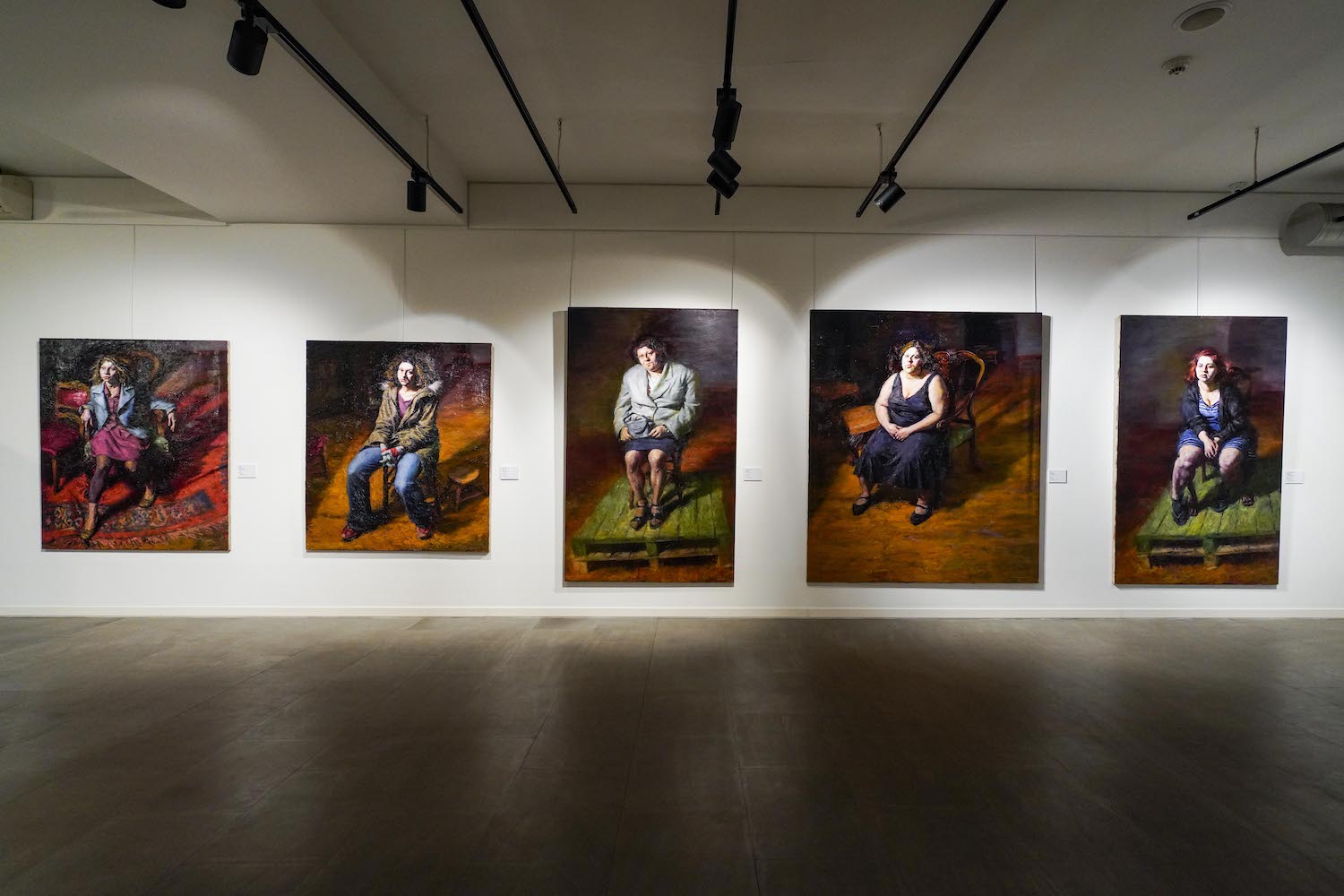
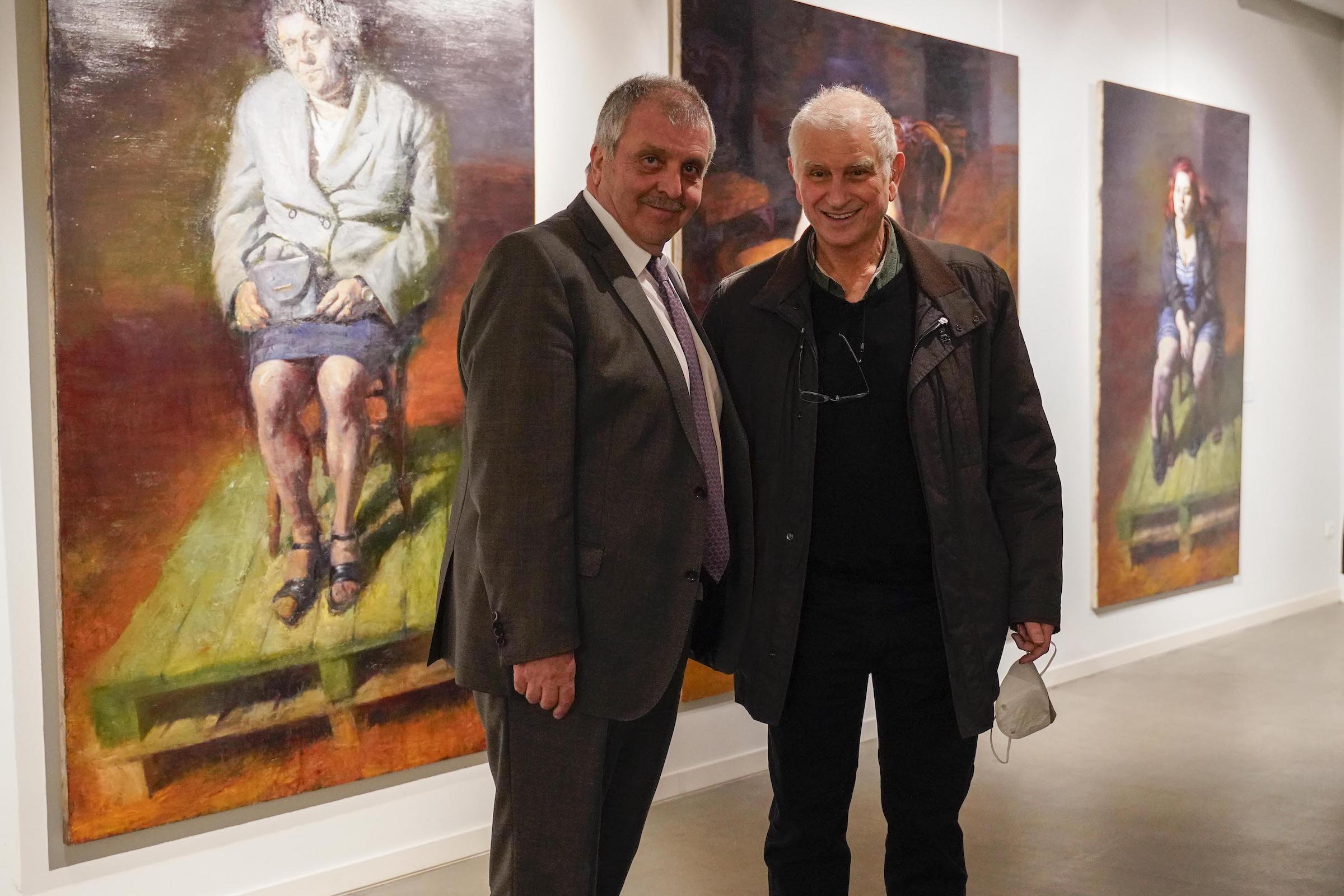
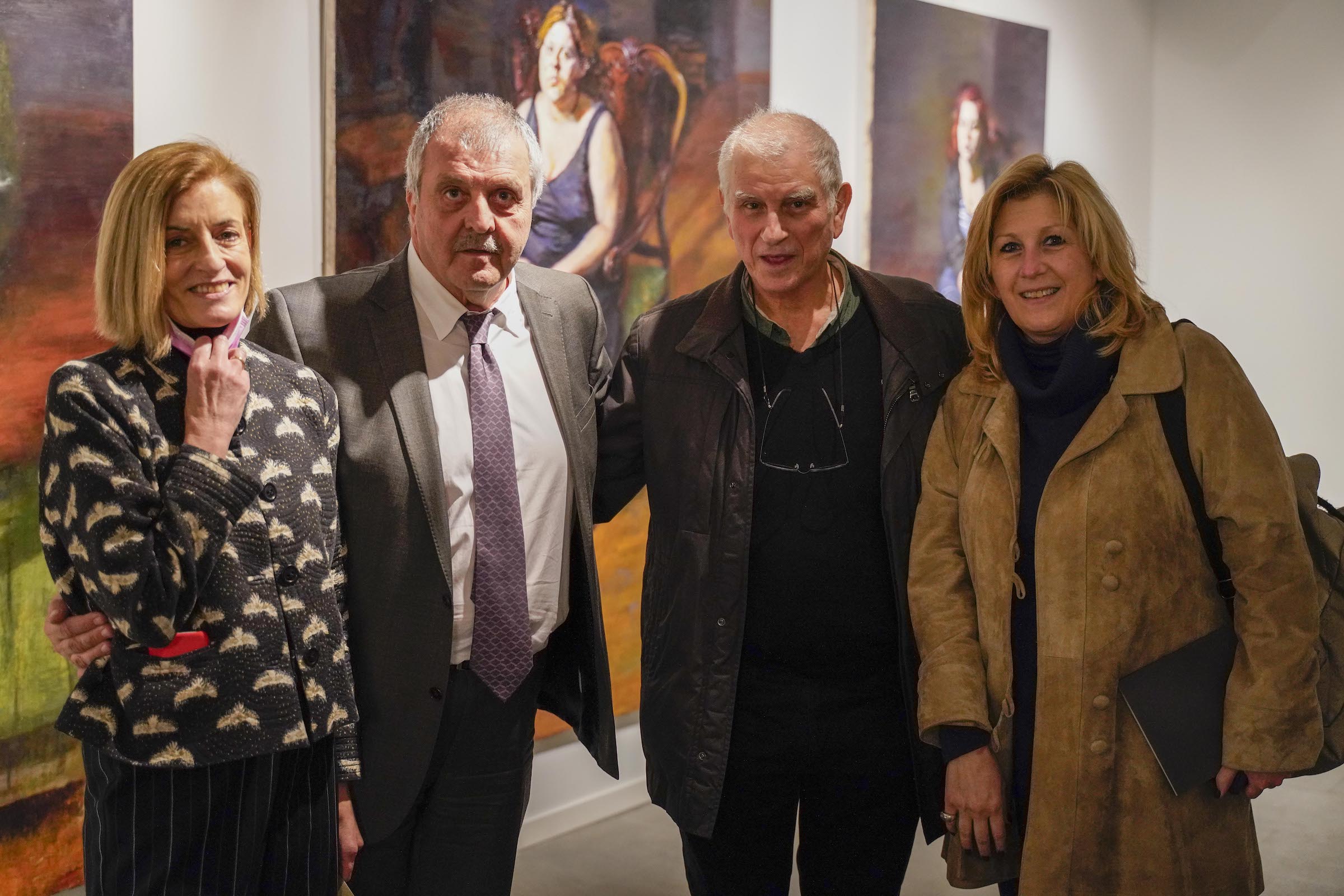
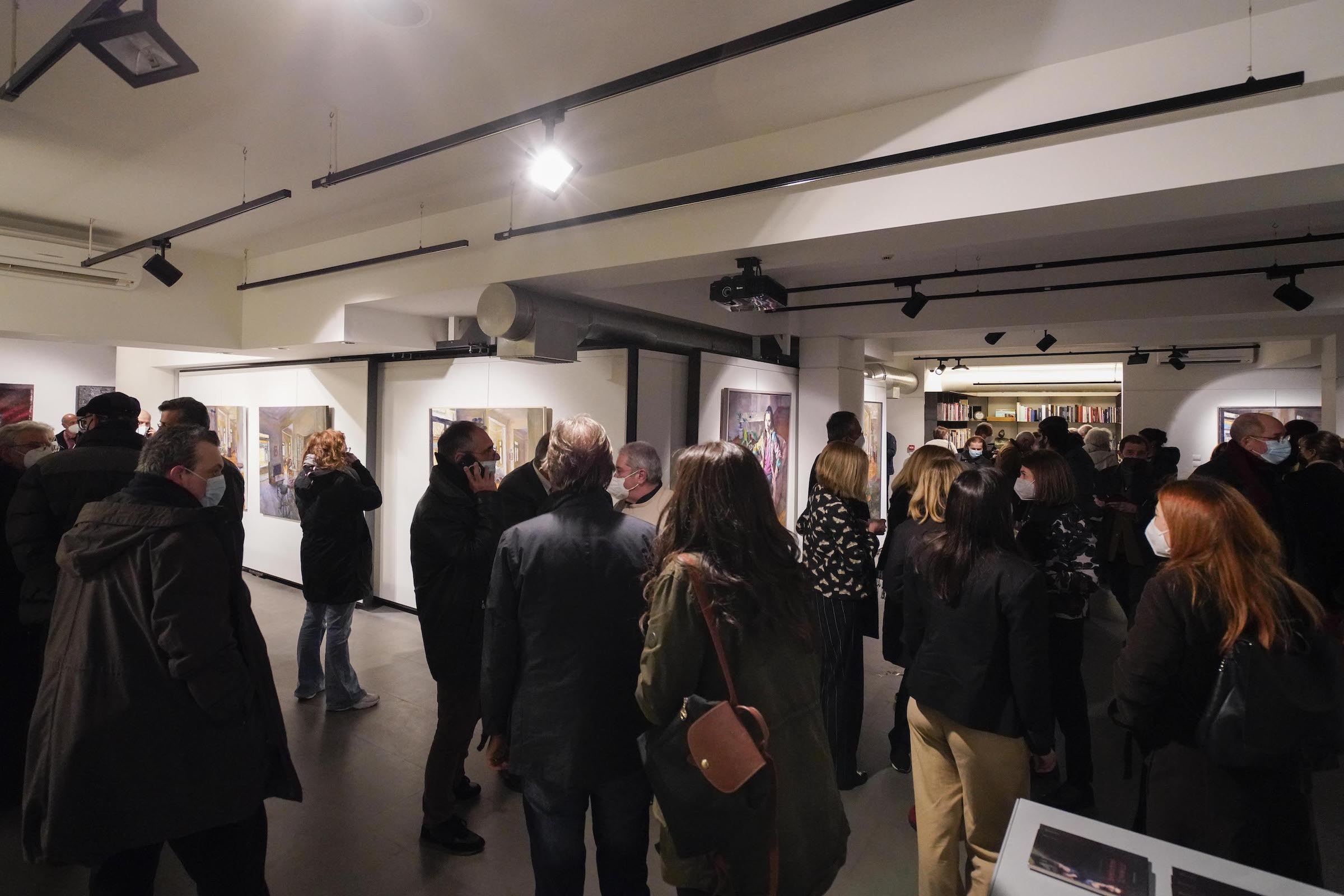
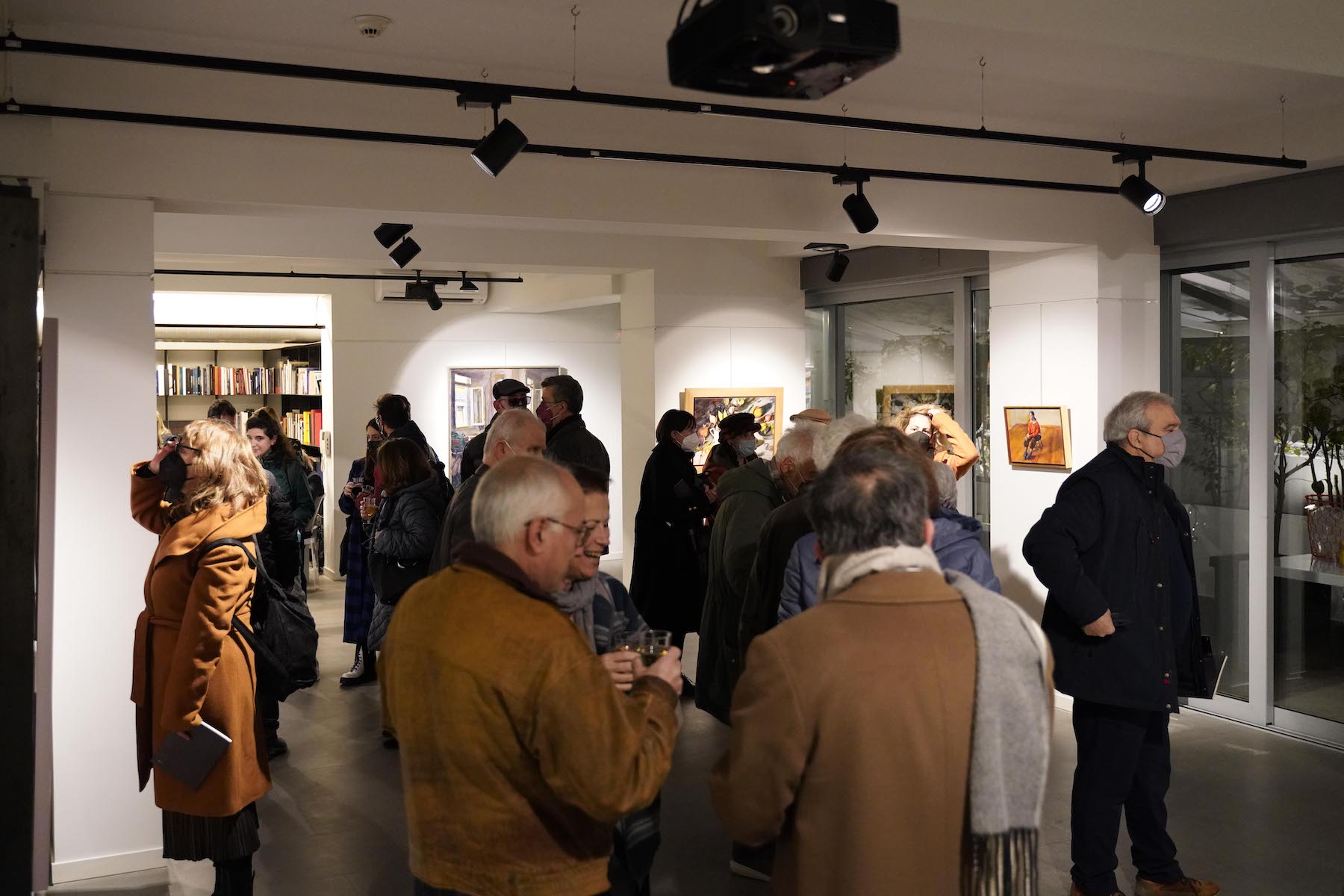
“I strive to renew my gaze”
What was your happiest moment since your foundation has been set up?
When exhibiting in Rome, Italy in 2010 at Complesso del Vittoriano (Curator Juliano Serafini), the famous Italian newspaper Corriere de la Sera wrote in its front page: “Do we have in Italy today such art?”
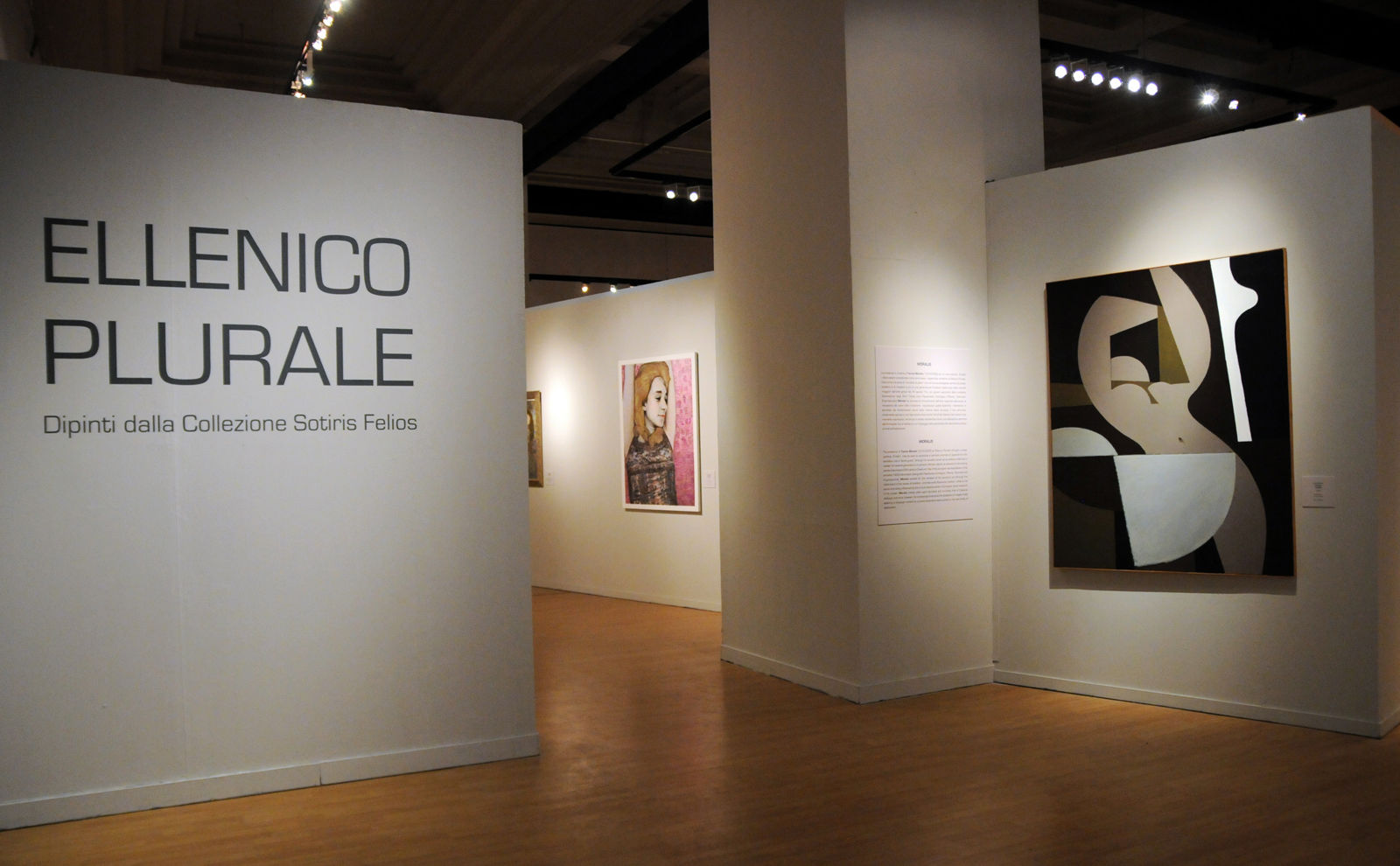
What are on your wish list of 2022 regarding your museum?
Contemporary Greek painting is not all that visible in Europe, even though there are, in my opinion, several powerful painting idiosyncrasies. Perhaps this “lock-in” is due to the fact that there is, as yet no set of “mechanisms” to invite and maintain — outside of our borders — a constant interest in Greek painting.
What do you think are the key elements that determine the success of a private museum?
This question brings to mind the historical fact on the illustration on Spinoza’s seal. It was a rose – the symbol of mysticism – and below it the Latin word “caute”, which means “carefully”.
What are your visions for the collection, the foundation and the art space in the upcoming years?
I’m always learning “codes” to protect myself from introversion. I don’t want it in art, either, because it takes the delight away from art. I strive, however, to renew my gaze – and that is achieved through new experiences, and by contemplating the qualities that make something beautiful.
An example of keeping up with the Collection’s extroverted approach is the launch of a unique 5-year Residency Programme in collaboration with The Courtauld Institute of Art, London, through which curators and art historians from abroad will be given the opportunity to spend time in Athens to research and write about the exquisite art produced here.
What is your advice to other collectors who may be thinking about building a private museum/foundation/publicly accessible space?
My friends abroad were surprised, to begin with, by the news of my contractual collaboration with Google Arts & Culture. The collection displayed on Google’s Arts & Culture platform is the most tangible argument against Greek “exceptionalism”. Following that — still surprised, I think — they would talk to me about the originality of the collection’s works. This painting is beautiful not only because it doesn’t imitate, but because it stands up for our human face and for the fact that they are longing for a different world, an awesome, bohemian world.
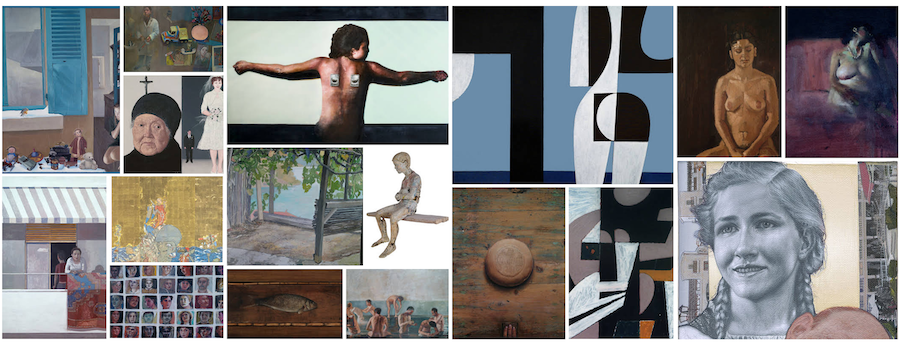
Related: The Sotiris Felios Collection
Instagram: @felioscollection
By Ricko Leung






No comments:
Post a Comment